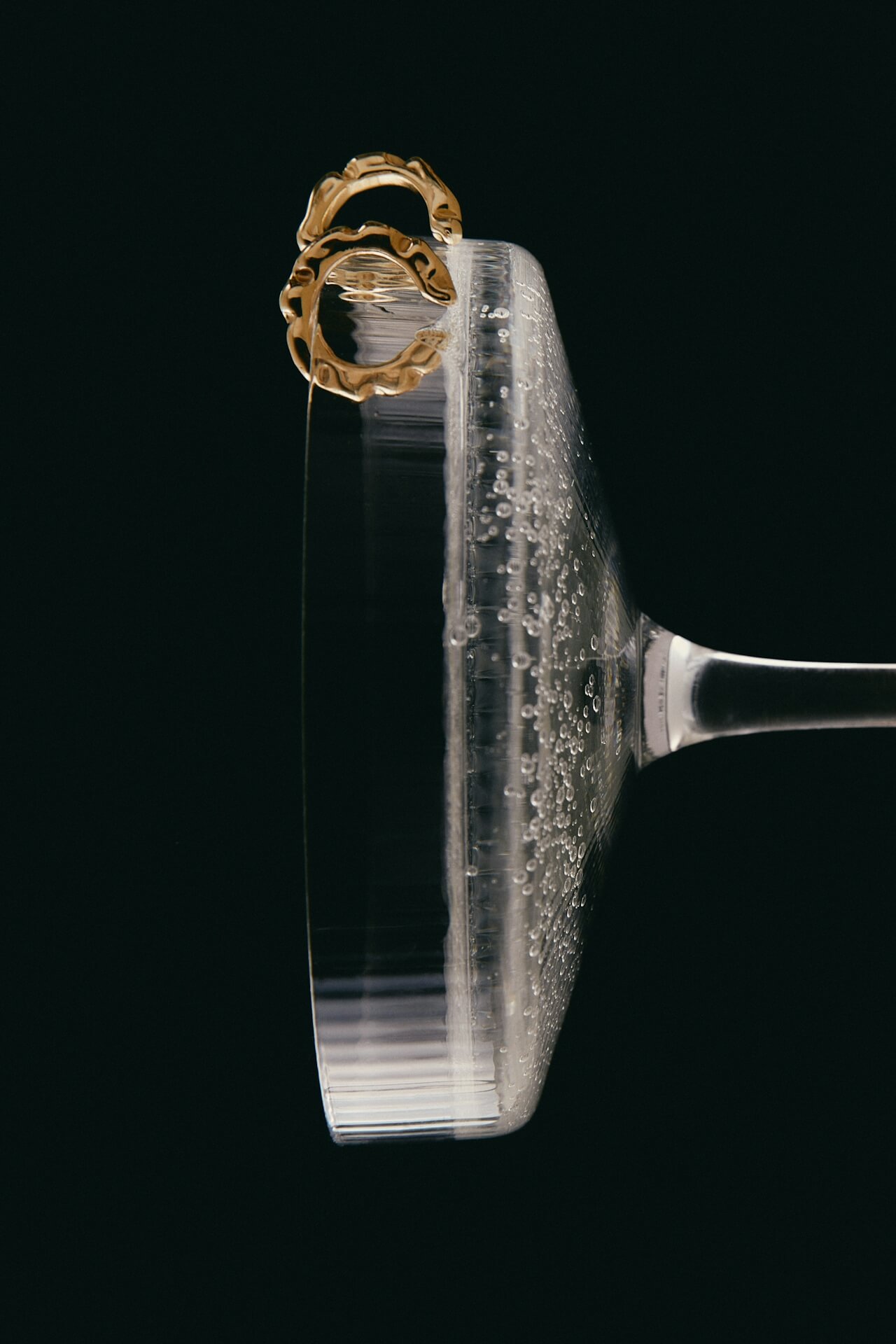Our Thoughts
A Shot of Culture The semiotics of glassware
Many of us enjoy a tipple. But how often do we pause to consider the significance of the vessels we use to enjoy our favourite drinks and the bottles that contain them? The prevalence of glassware in alcohol consumption moments has made it something of a cultural artefact. That is, it says something about our practices, our preferences and ultimately our cultures. Why do we drink cocktails and beer from different types of glasses? Why are wine glasses shaped like that? Why might a brand choose green bottles instead of clear ones? While these might seem like trivial, questions to ask, alcohol brands in fact stand to gain a much richer understanding of the meanings communicated by their products and comms by considering the semiotics behind different glassware design choices. Here we take a look at some of the key factors in the semiotics of glassware relevant to the alcohol category.

- Shape
From cava flutes to rocks glasses, the physical structure of glassware not only determines its functionality but also its deeper meaning as a cultural object. Consider, for example, the tall, stable shape of the highball glass, typically used for cocktails such as Rum and Coke. This design makes it easy to hold while moving, while its high-volume capacity and mid-sized aperture make it well-suited to gulping, associating the highball glass with lively, indulgent party contexts – in all, coding it as a vessel for dancing and carefree intoxication. Similarly, the small size of shot glasses allows them to be easily lined up, ‘cheersed’ and ultimately consumed by multiple people, coding the design as synonymous with quickfire fun and shared group enjoyment.
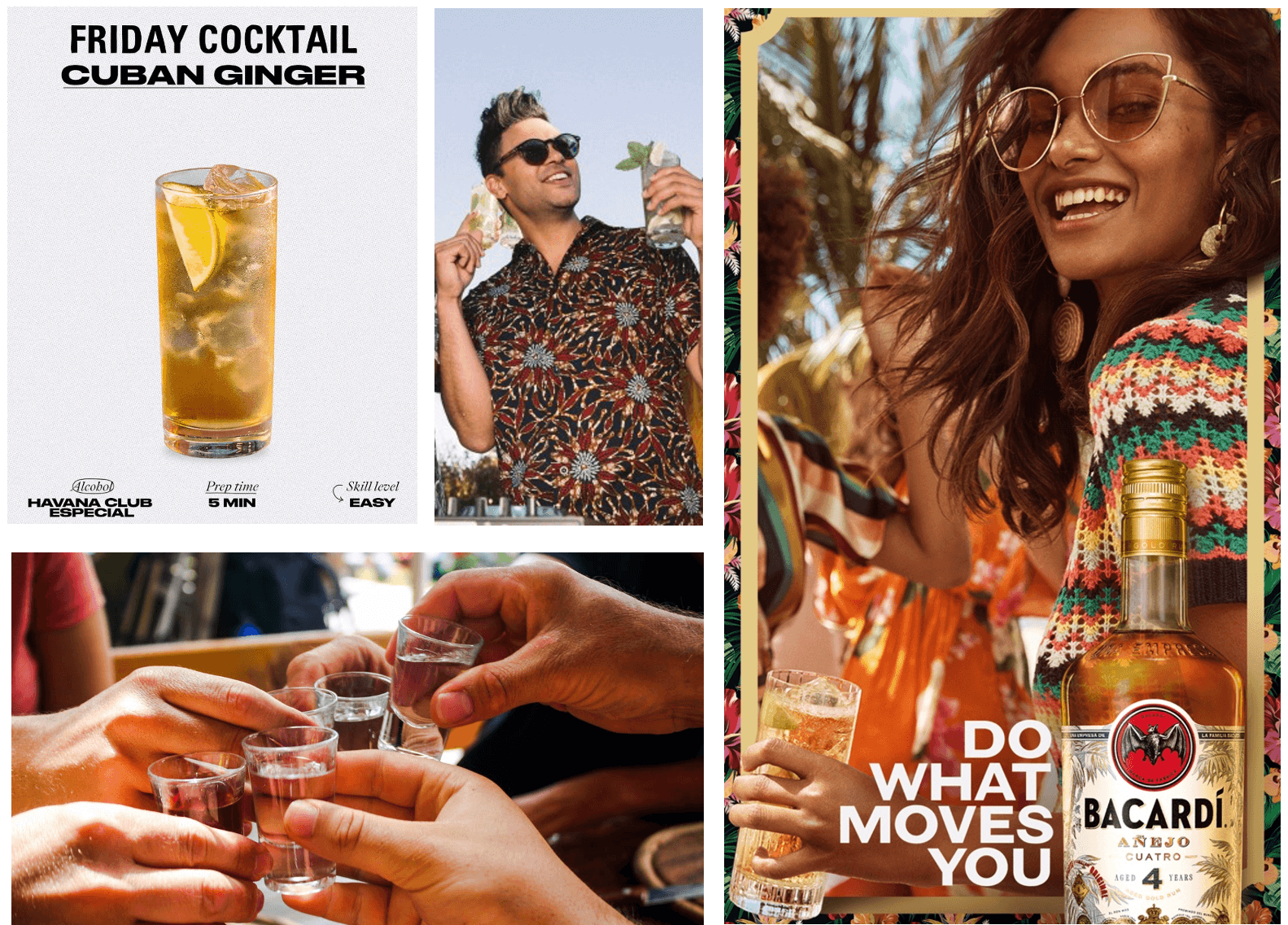
Contrast this with the fragile, elegant stem of the wine glass, which lends itself to gentle sipping. Note too, the wide aperture of its egg-shaped cup which is optimal for olfaction – in all, coding refined, connoisseurial drinking that requires multisensory discernment.
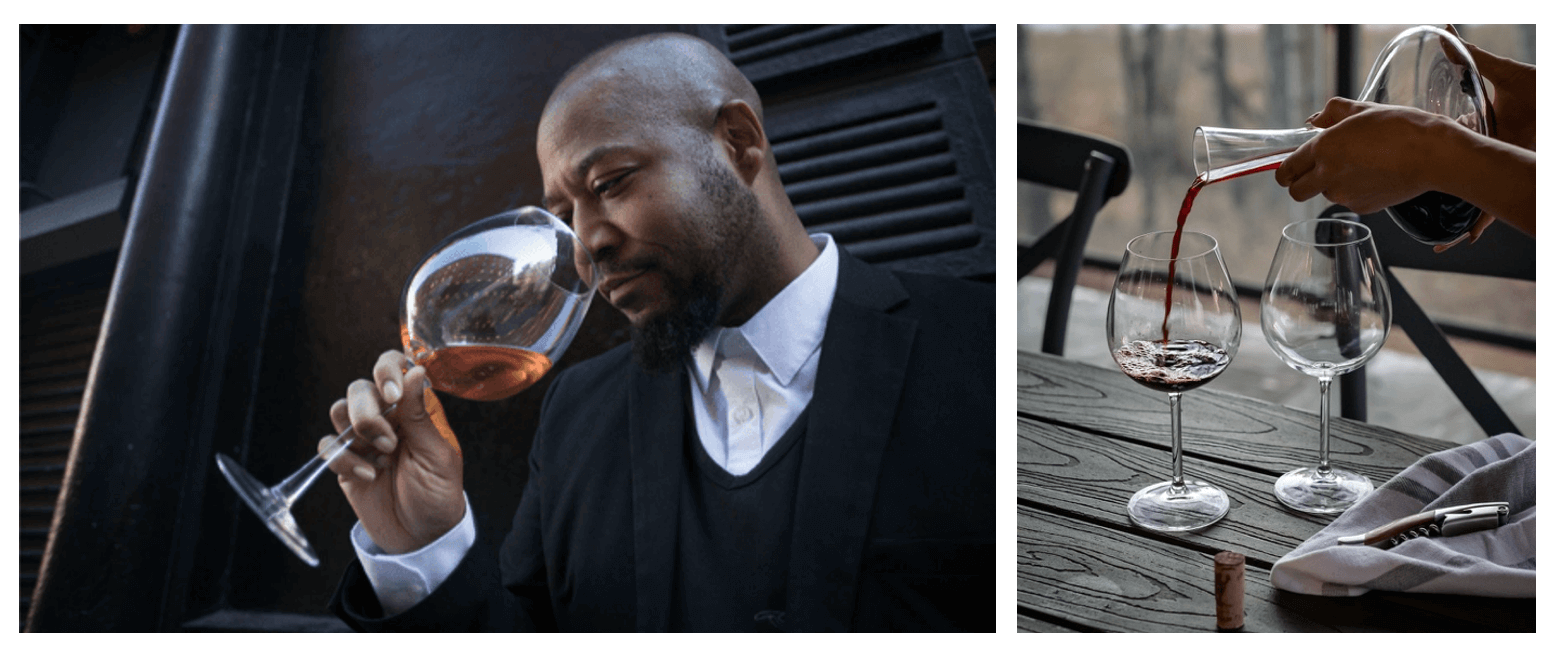
- Texture
Beyond shape, different meanings are also communicated by the texture of glassware. Cobra’s branded beer glass, for example, features a debossed swirl effect, connoting both the stirring elemental power of water and the appealing, slower pour of beer from tap, imbuing the product with a sense of constant liquid dynamism and also a degree of tactility – this is not a flat, lifeless drink but rather a swirling blend of flavours and textures for fluid socialising and effortless relaxation.
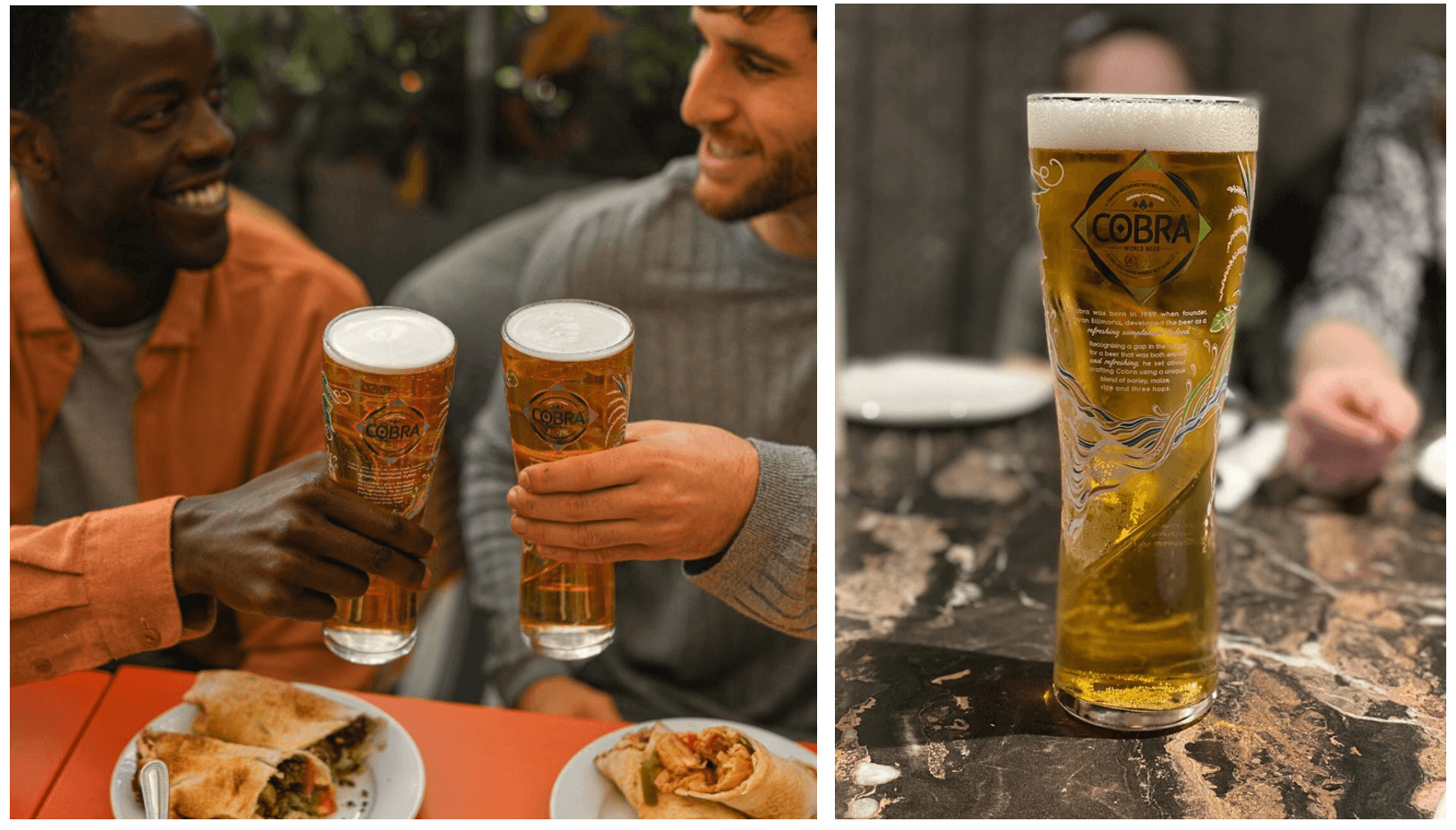
- Colour
What about colour? The practice of serving predominantly colourless drinks such as vodka and gin in clear, colourless glasses (and bottles) signals an unadulterated, transparent product whose quality is ‘plain to see’, coding the flavours as having been filtered into immaculate (Absolut) purity. On the other hand, coloured glass which might also be darker or even opaque connotes modification and a sense of secrecy, thus coding drinks in such vessels as more experimentally flavoured, adventurous or even rebellious. Consider, for example, the iconic glass bottles used by the Jägermeister brand whose dark green colour (and somewhat medicinal shape) evoke the herbal blends and mysterious tinctures of apothecaries, adding a sense of alchemical allure and coding the product as a powerfully transformative elixir.
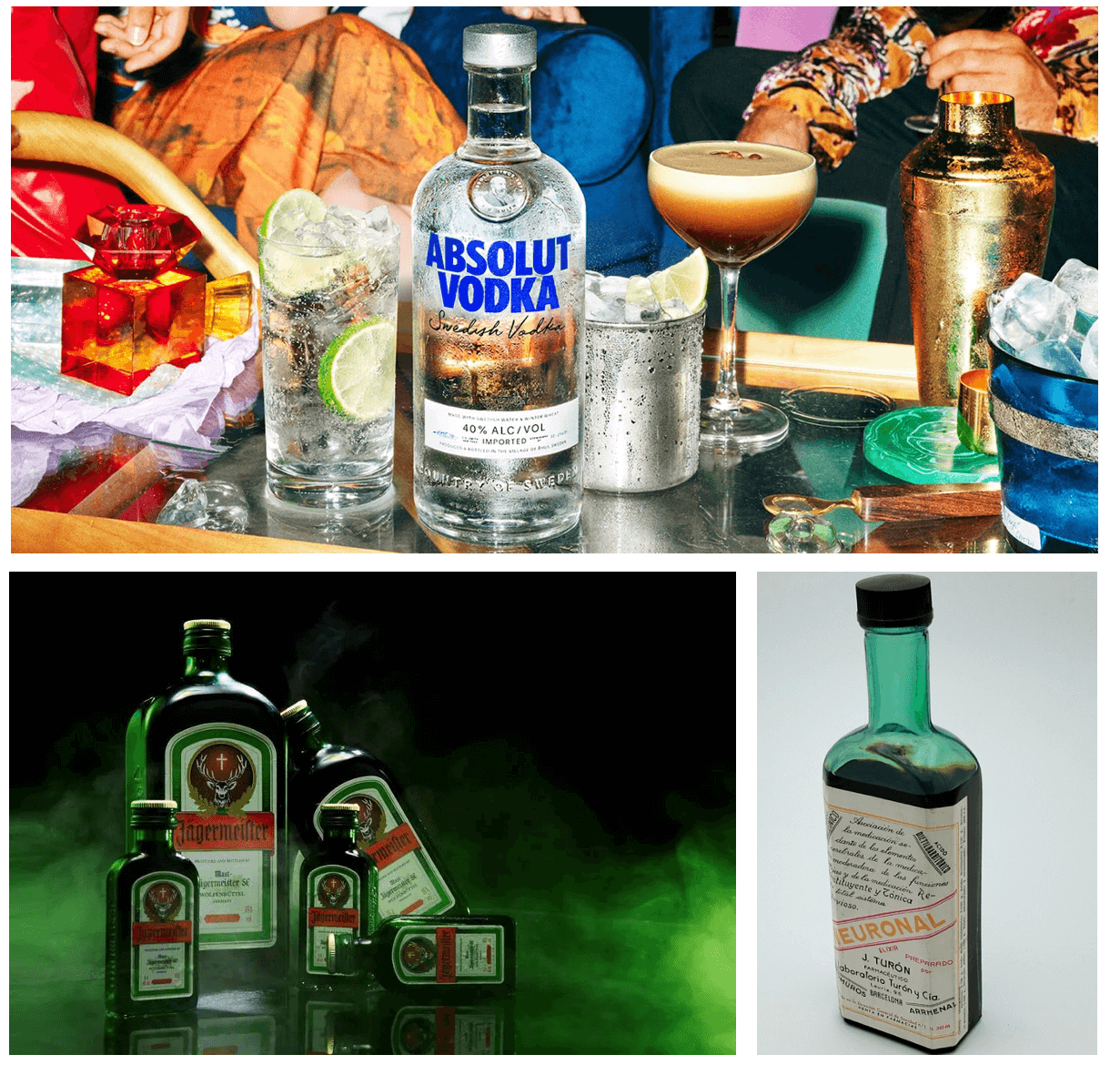
3 key takeouts for brands:
- With the out of home alcohol industry now recovering post-pandemic, the importance of communicating the right messages with glassware is increasing. What does your brand’s glassware communicate and can this be refined to drive up appeal?
- Glassware remains important in supermarket contexts too – both in the alcohol category and beyond. Take inspiration from brands like Jägermeister who have made their bottles part of their brand identity to ensure your bottle designs are projecting your story straight from the shelves.
- Inform your glassware decisions (for both bottle design and in communications) by looking beyond the direct functionality of different designs into their deeper significance in culture and use this to build a richer story around consumption moments and the brand as a whole.
Eoghain Ellis, Semiotician
